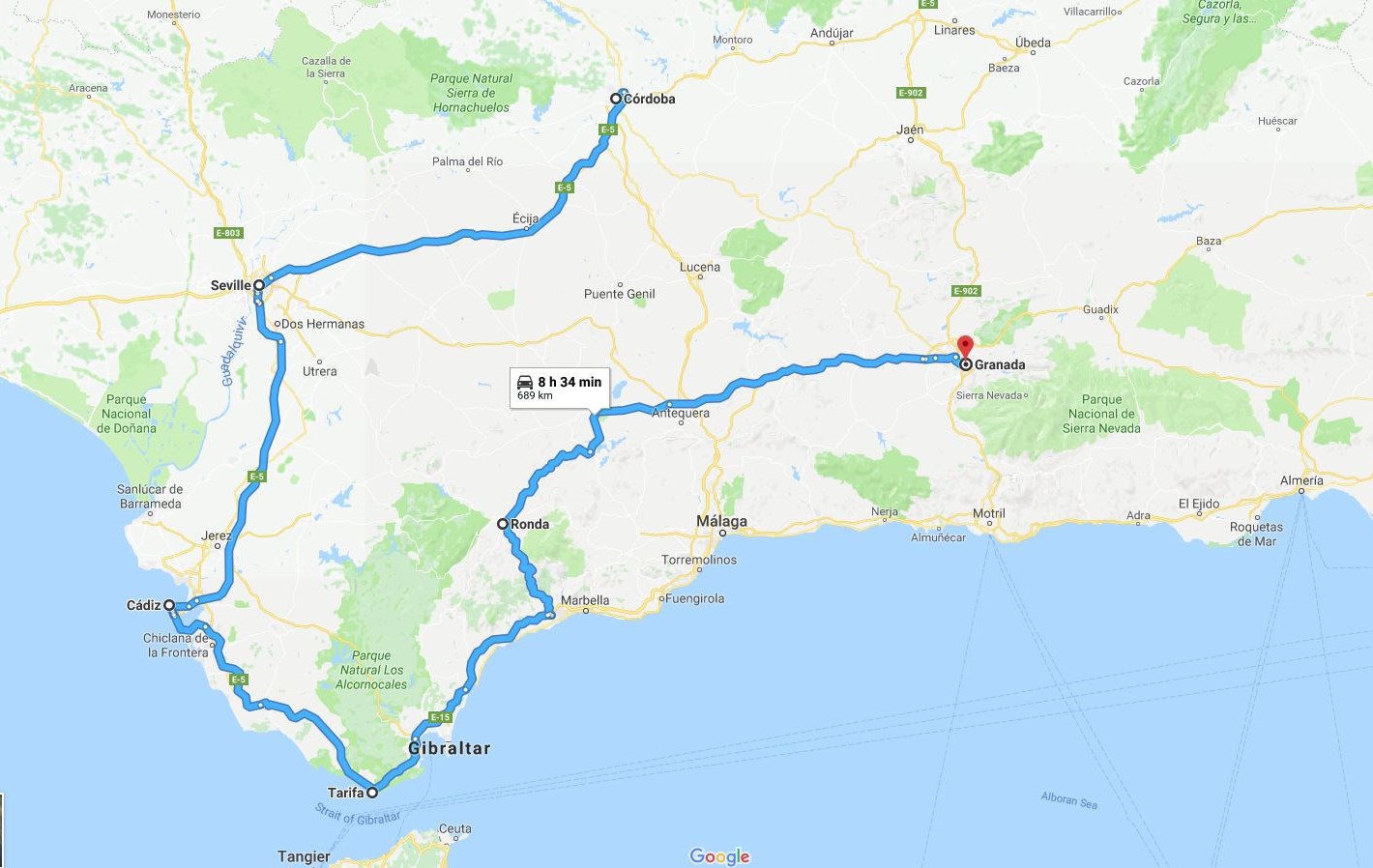Cordoba to Granada - A Grand History
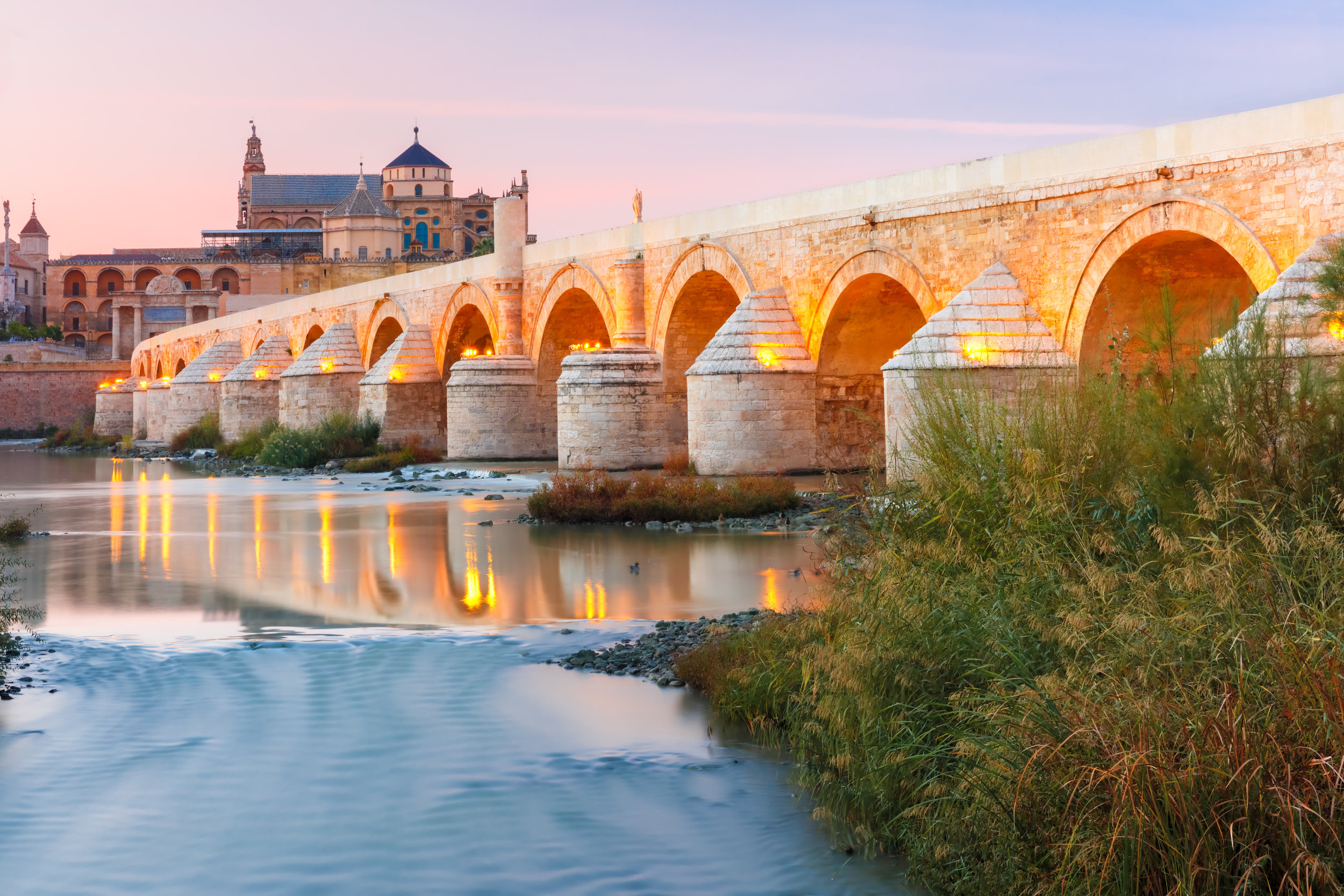
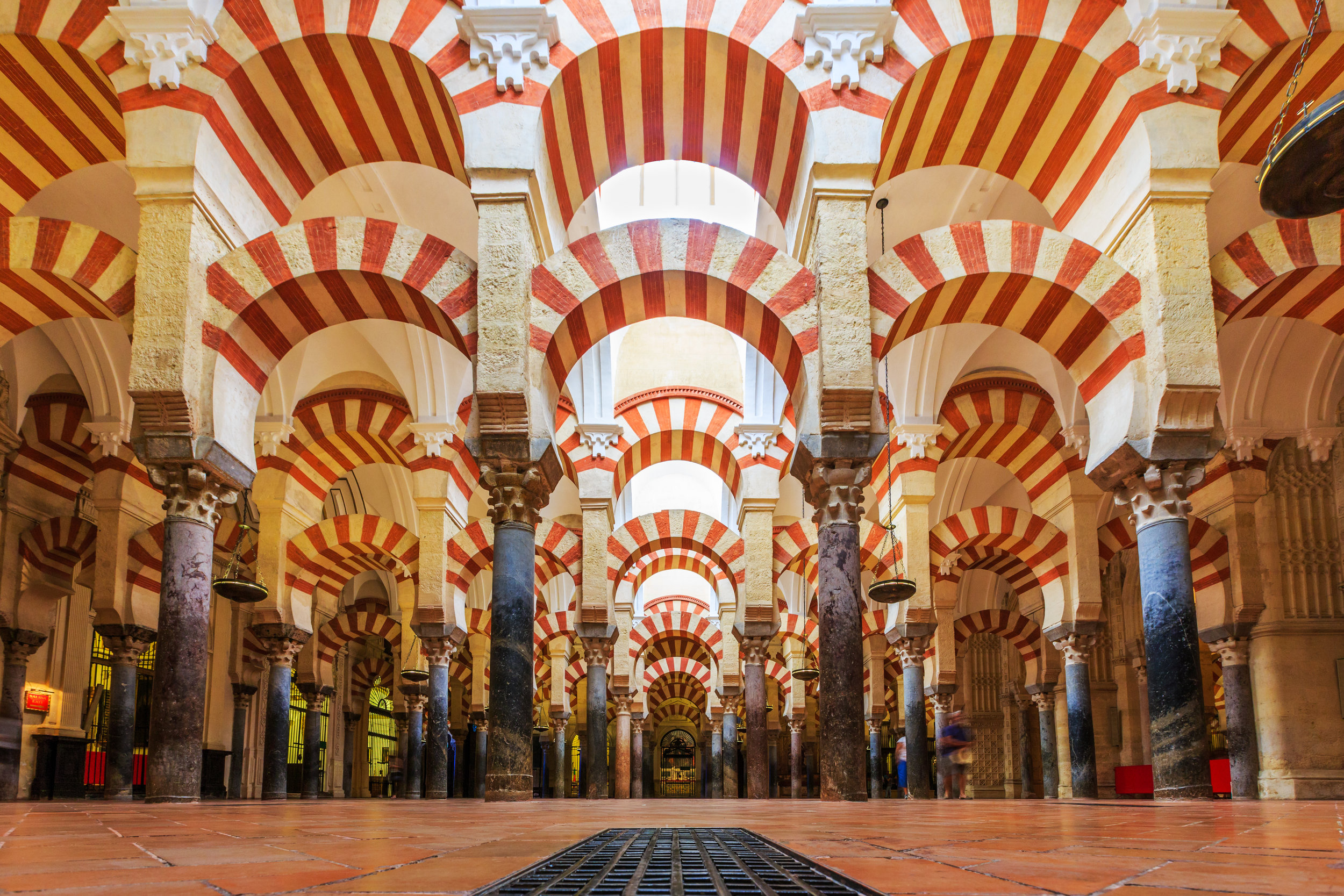
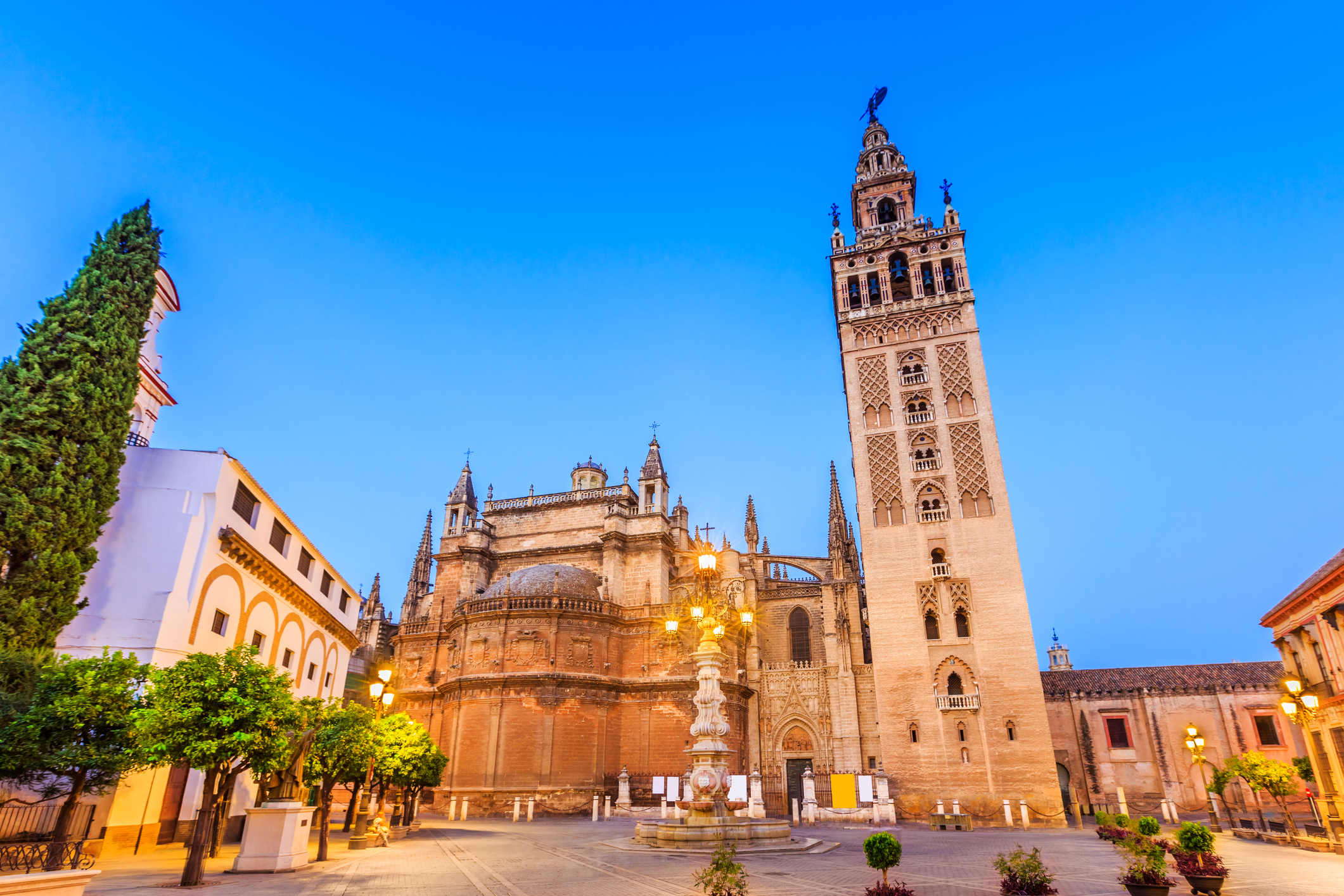
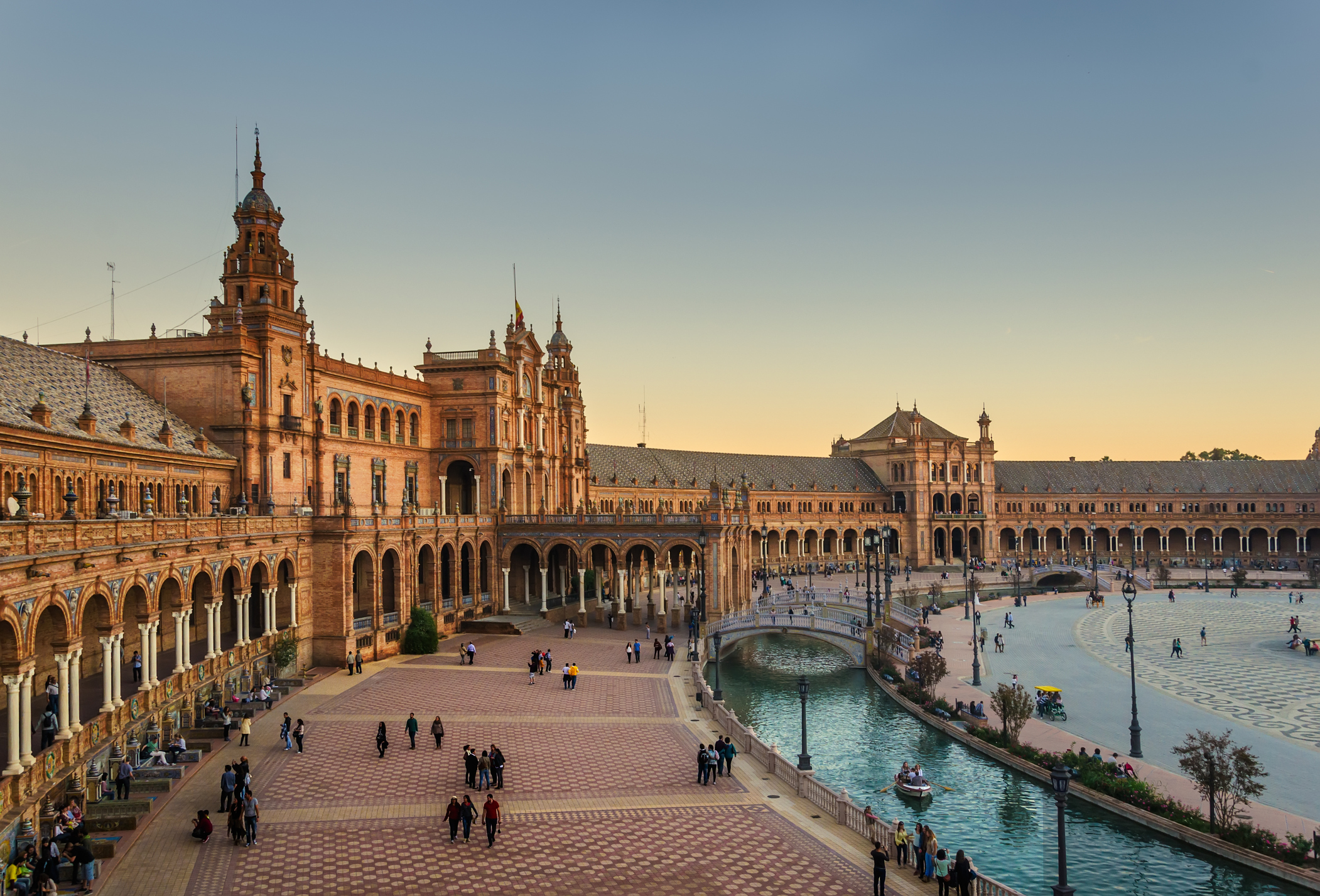
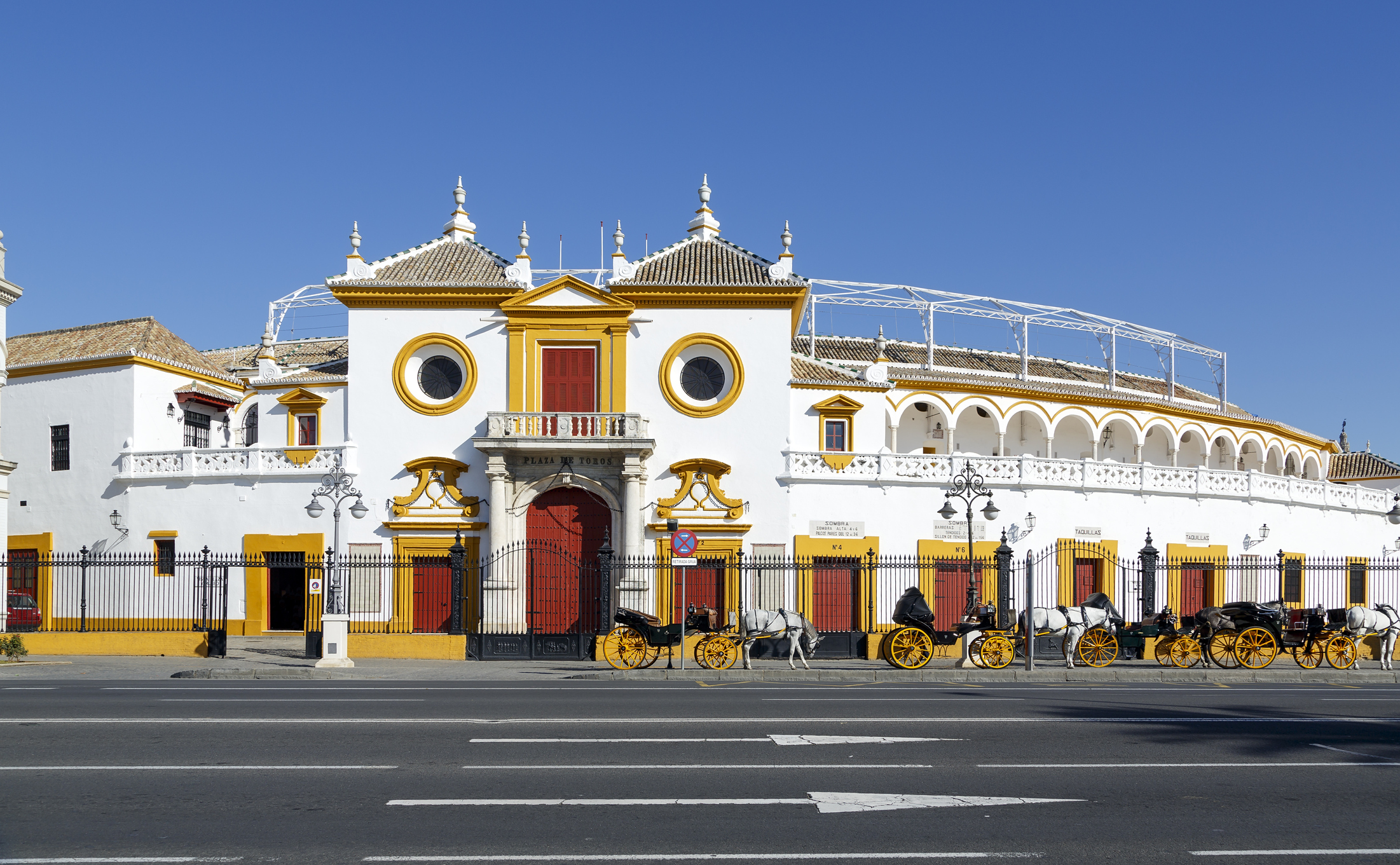
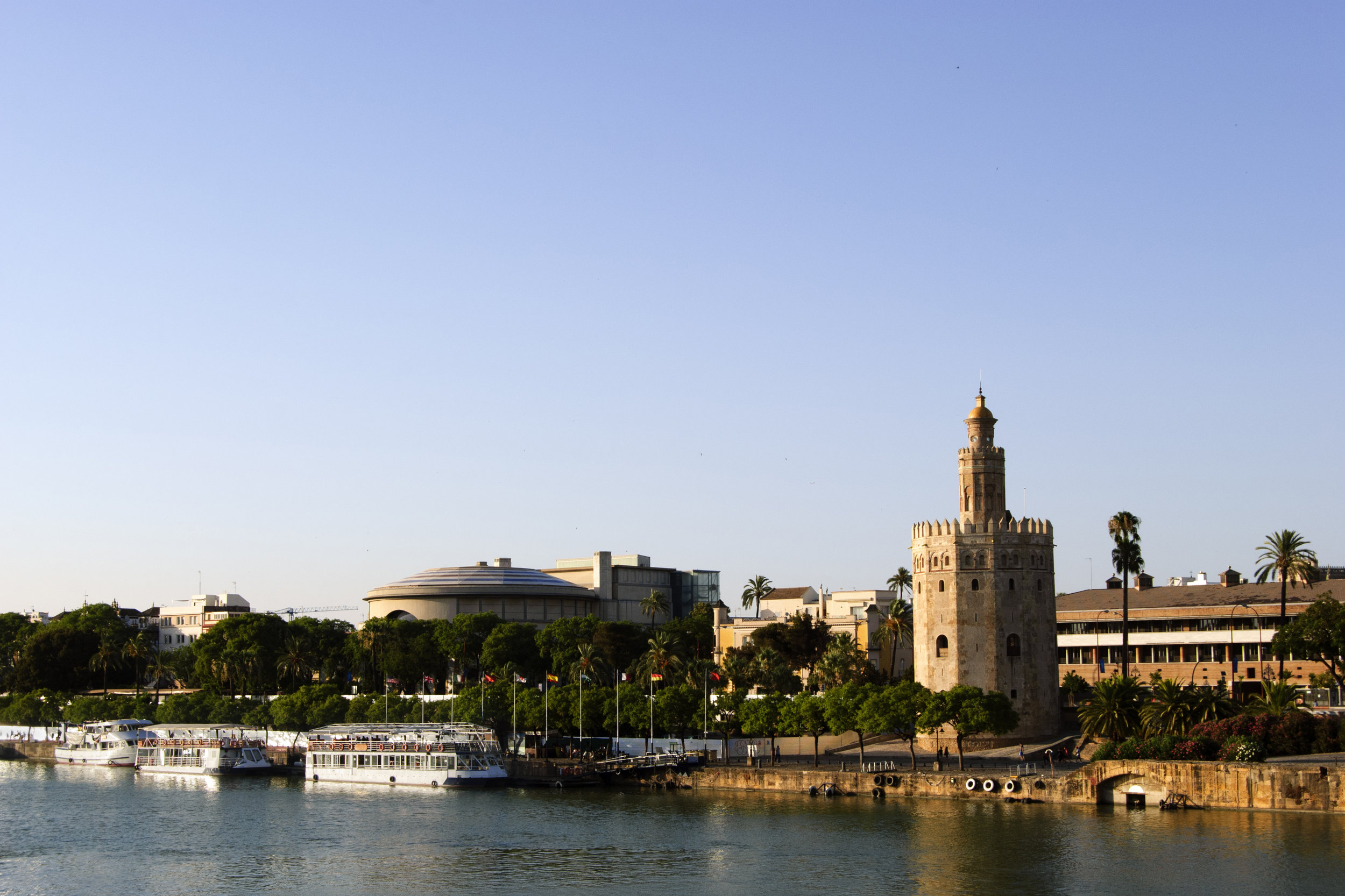
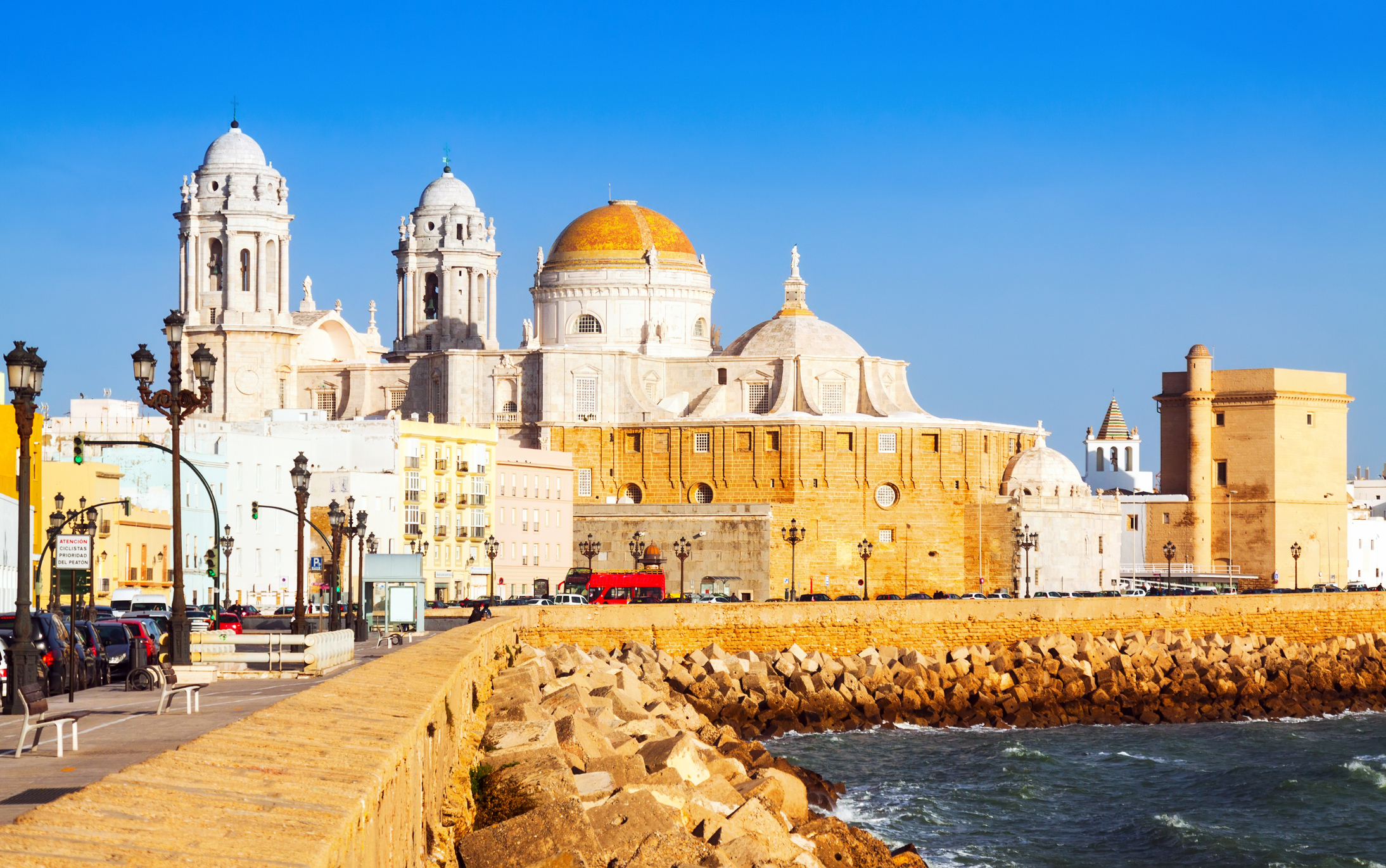

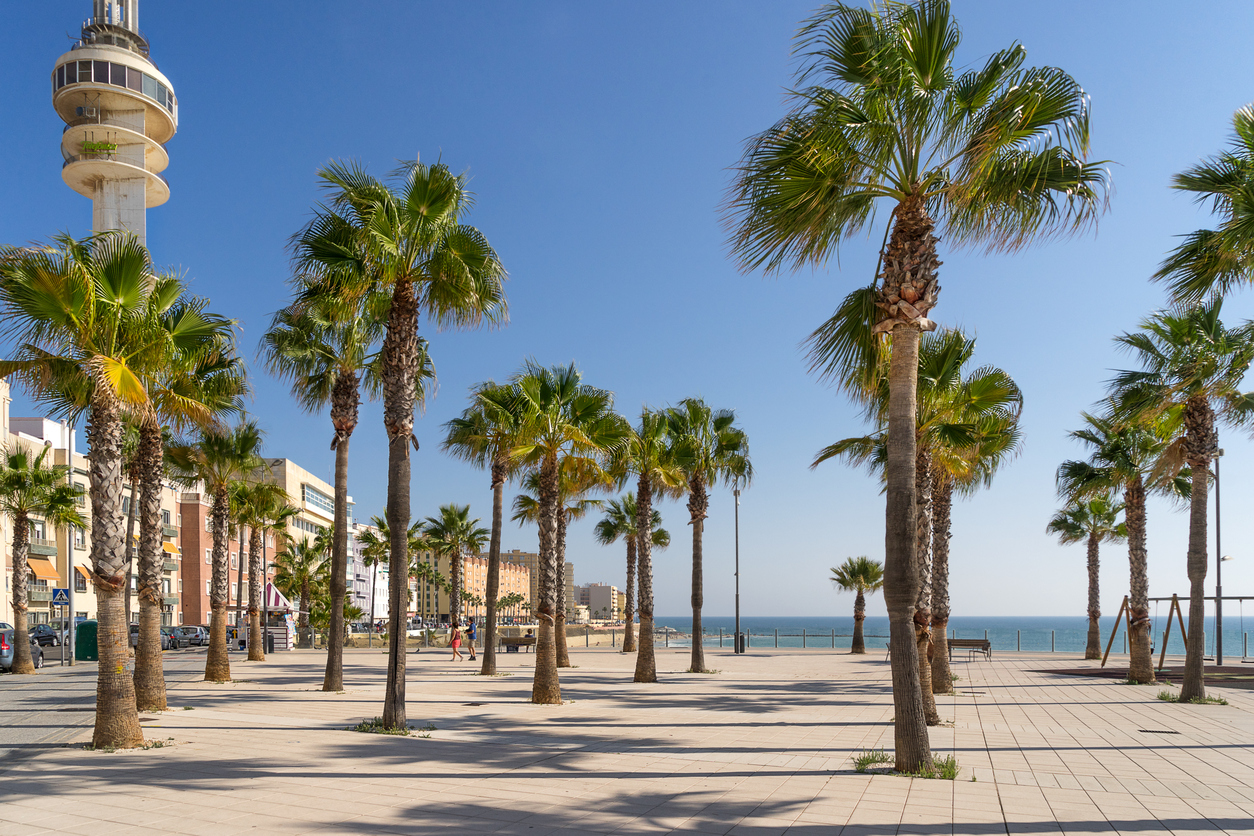

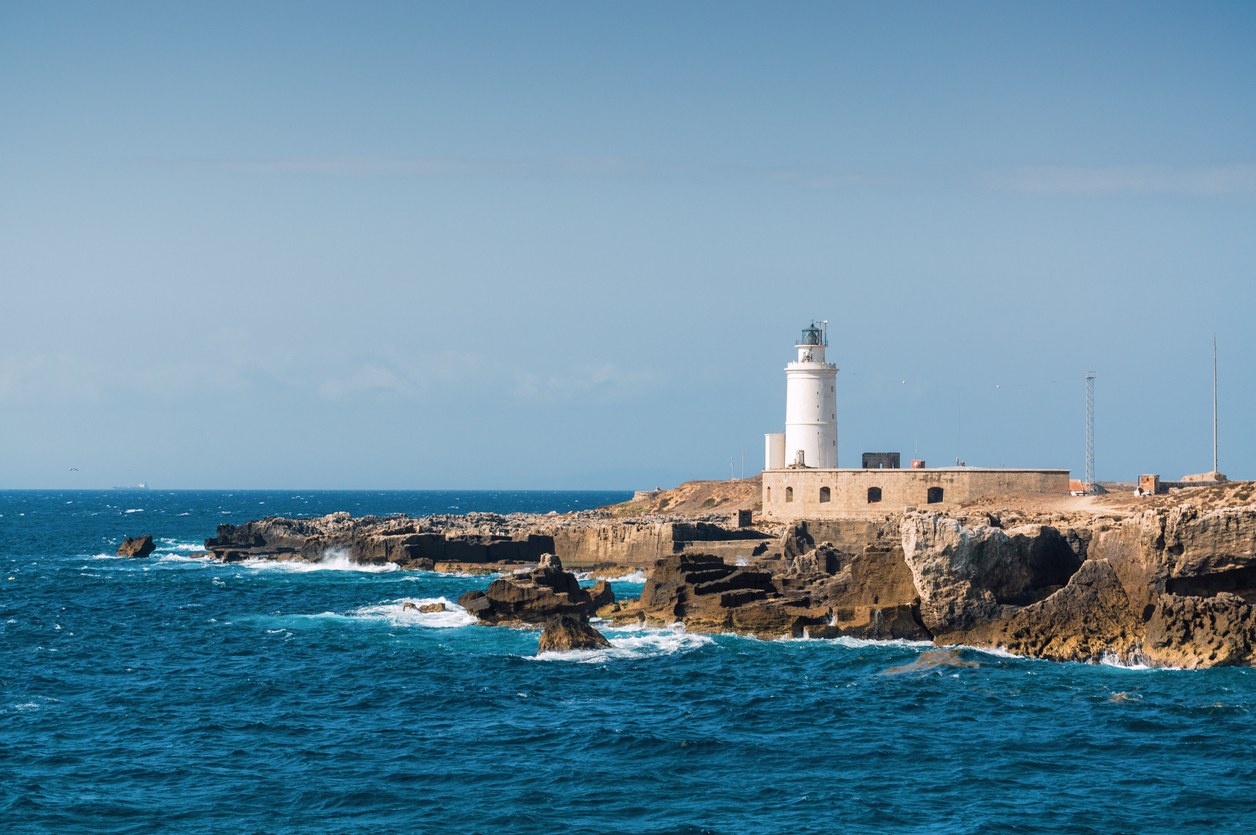
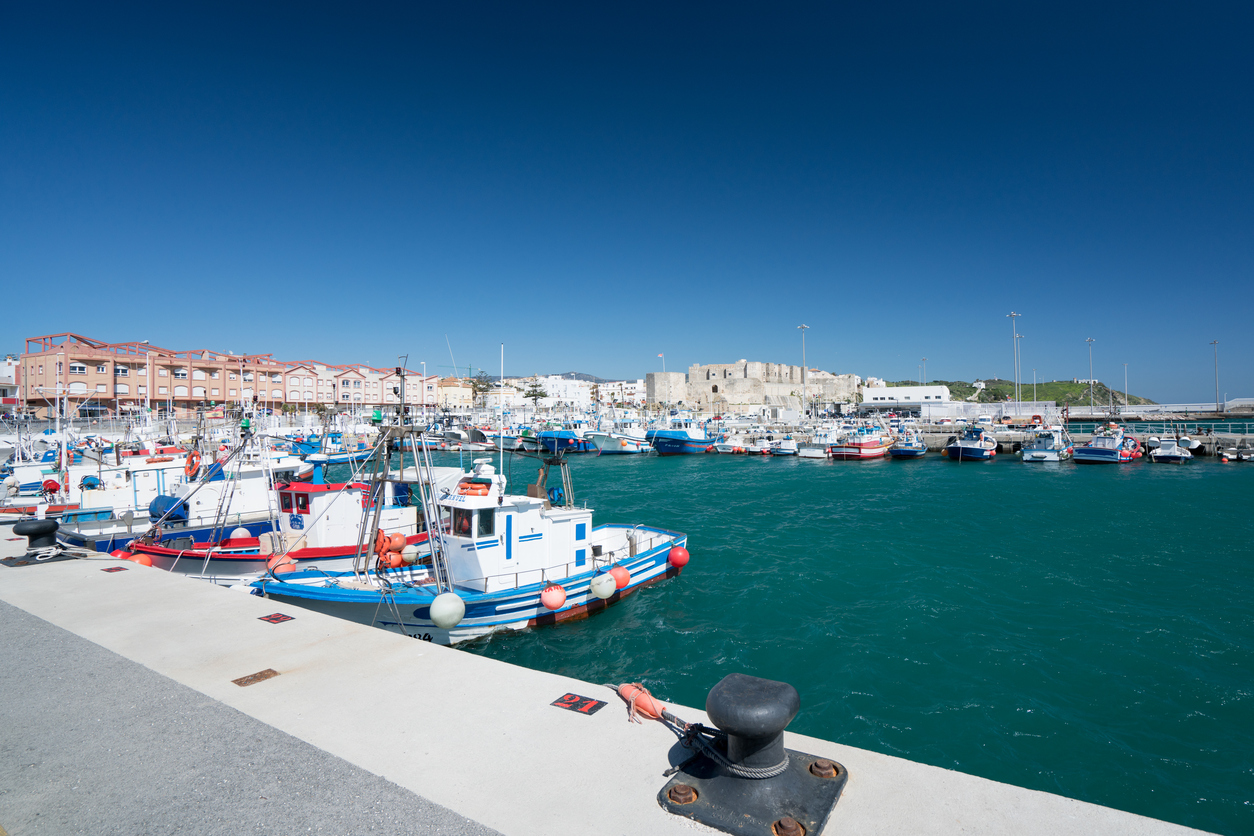
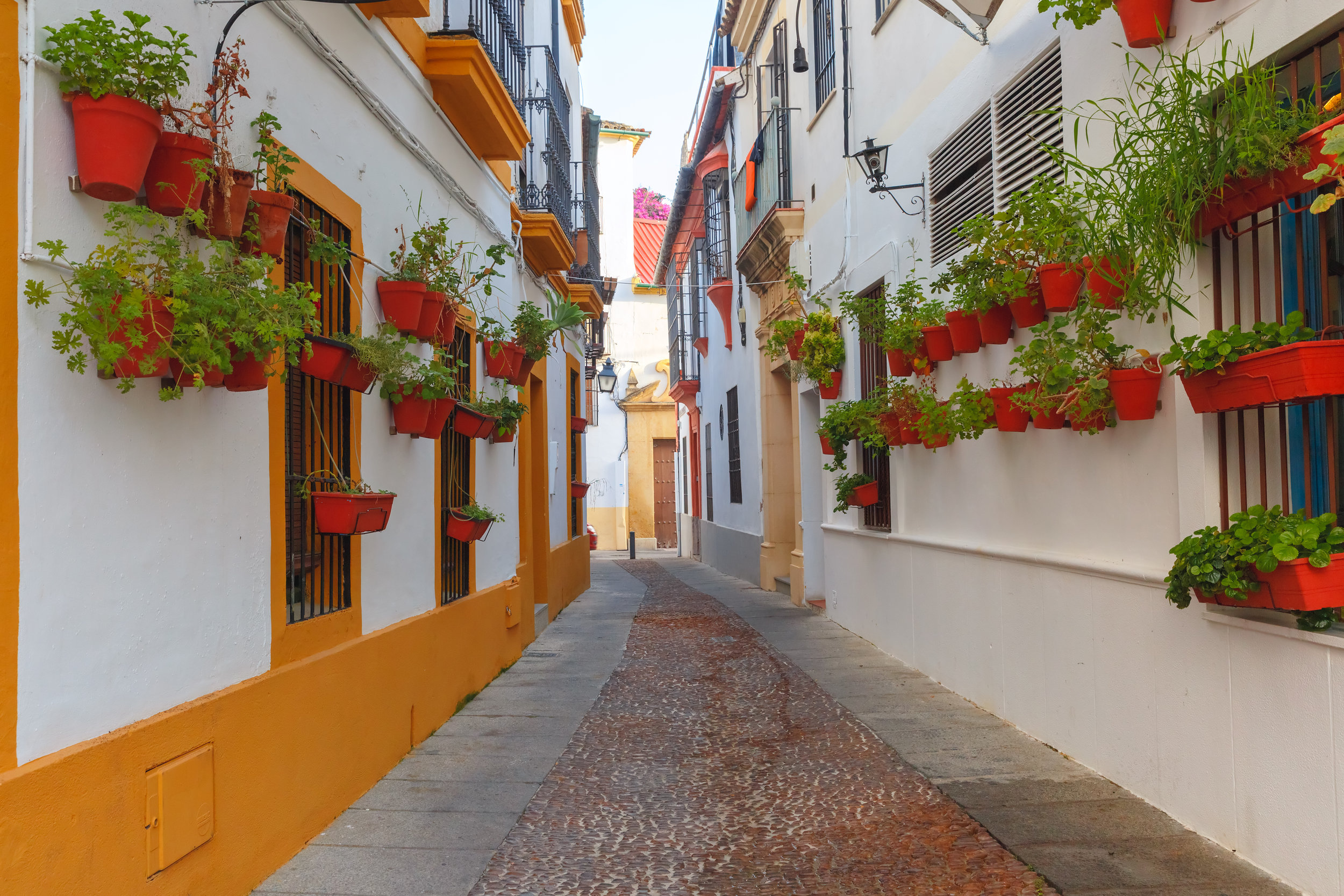
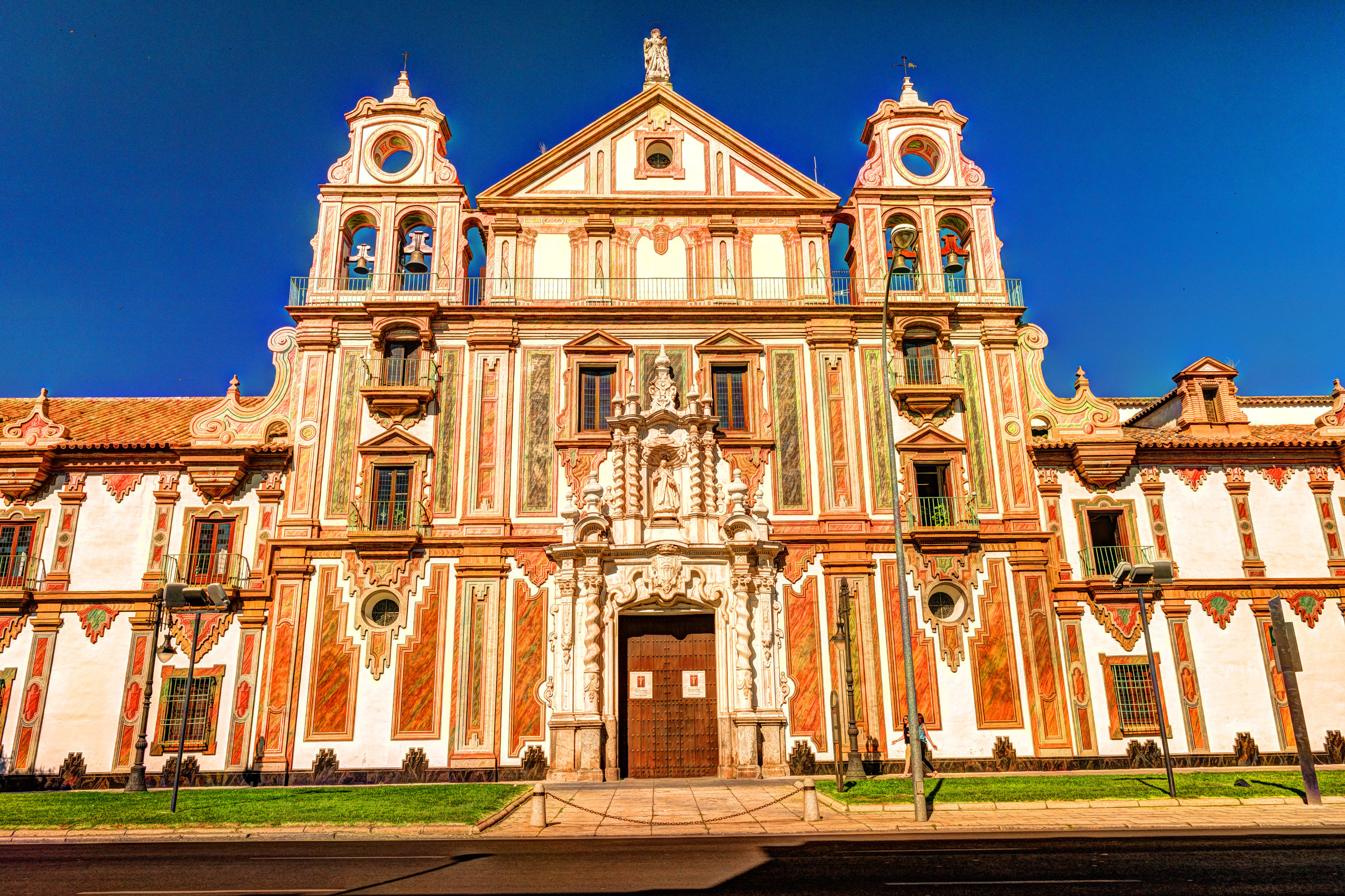
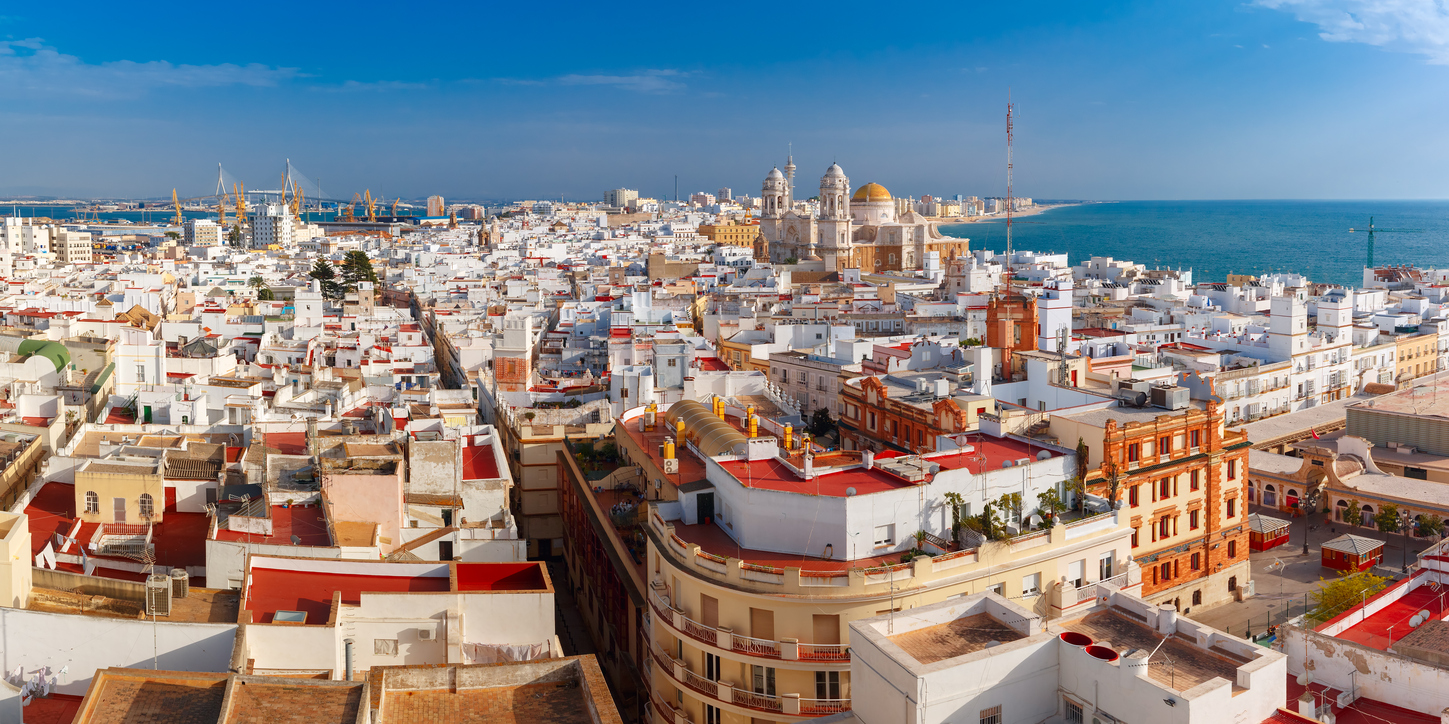
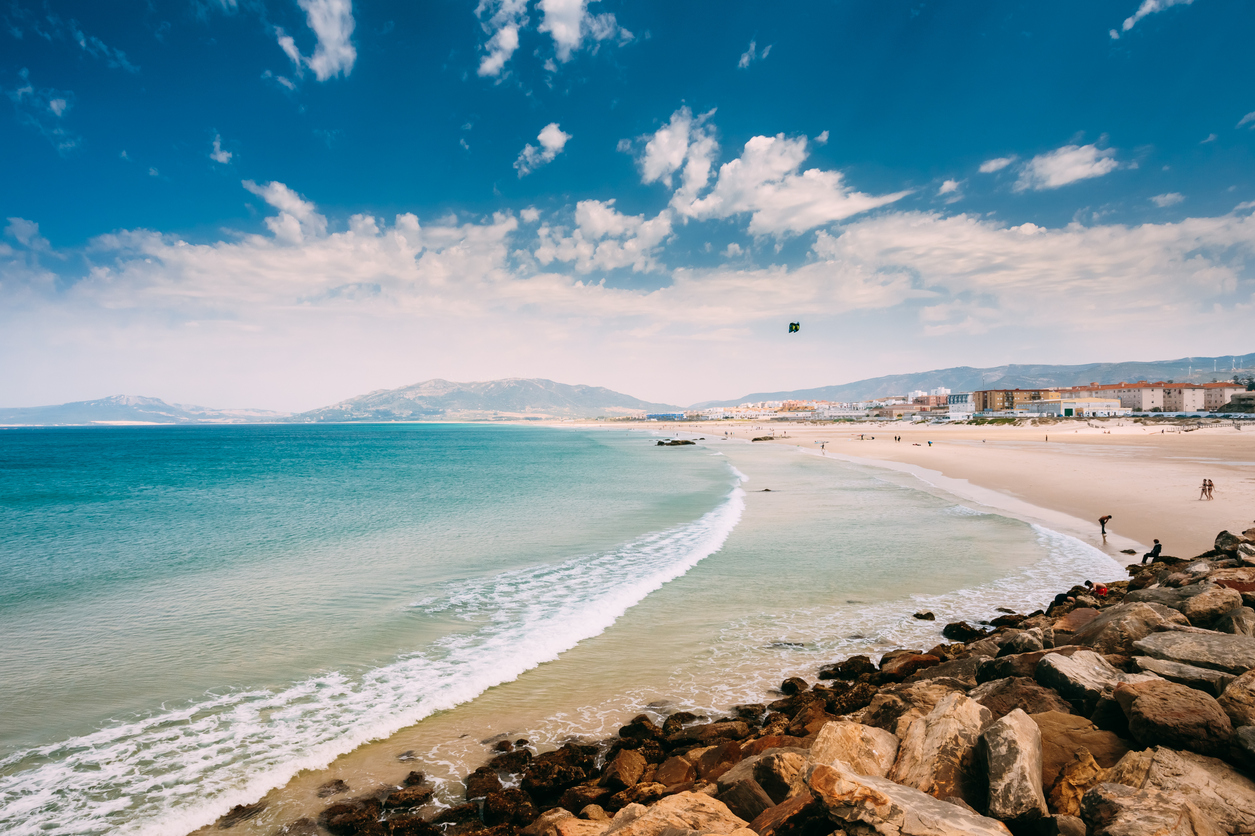
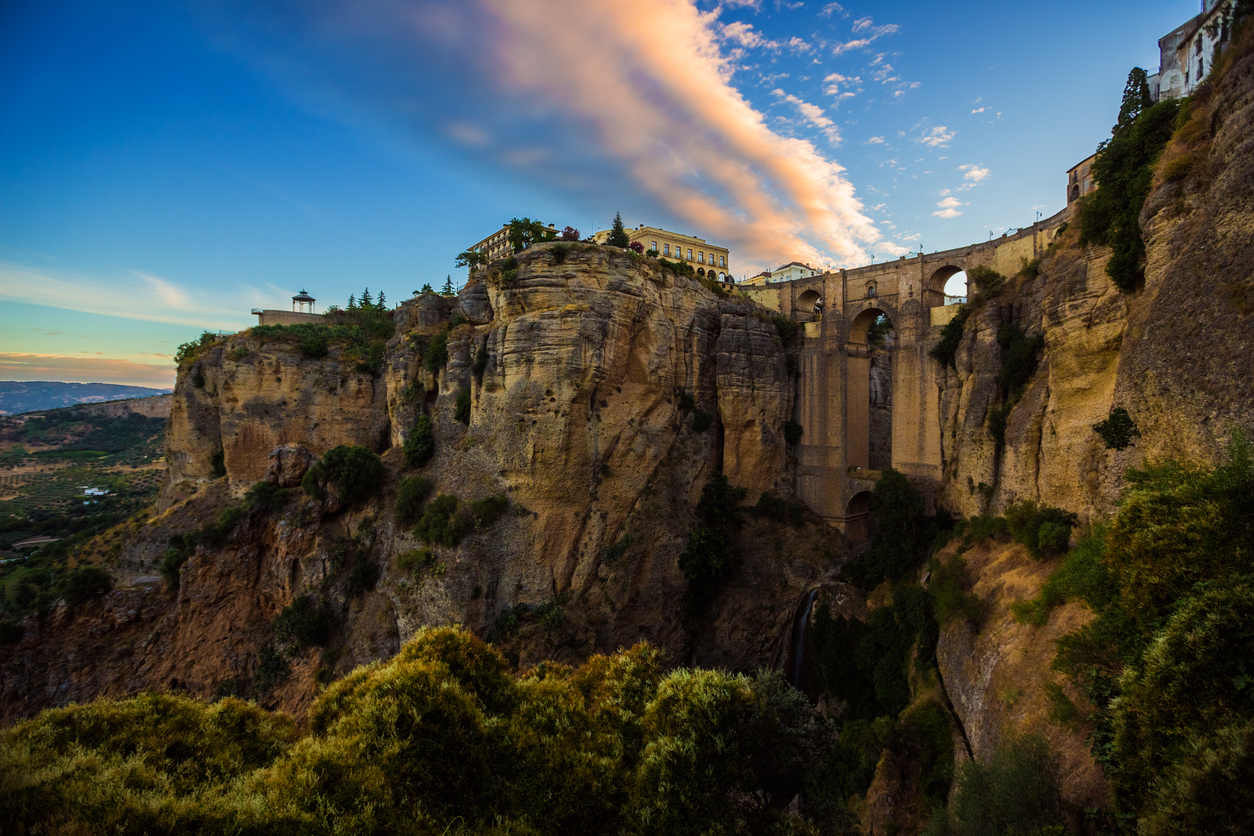
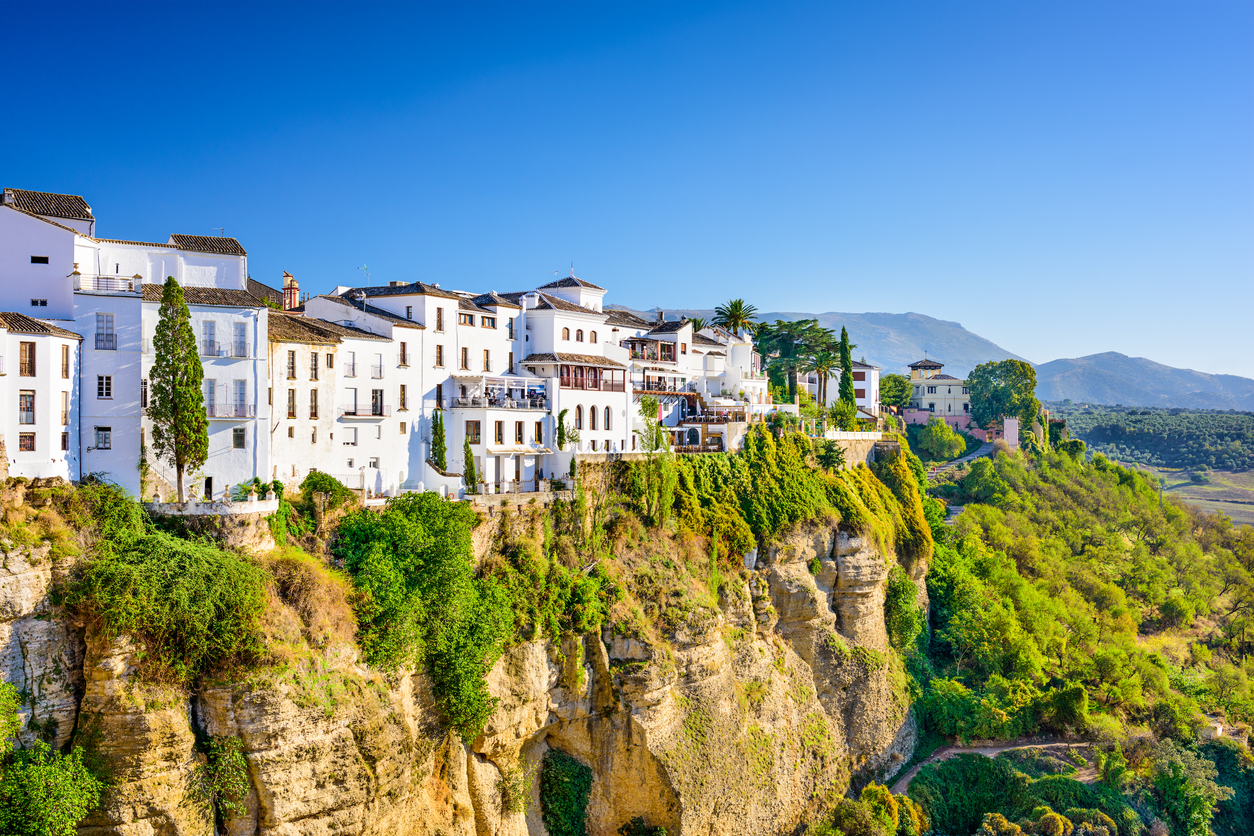
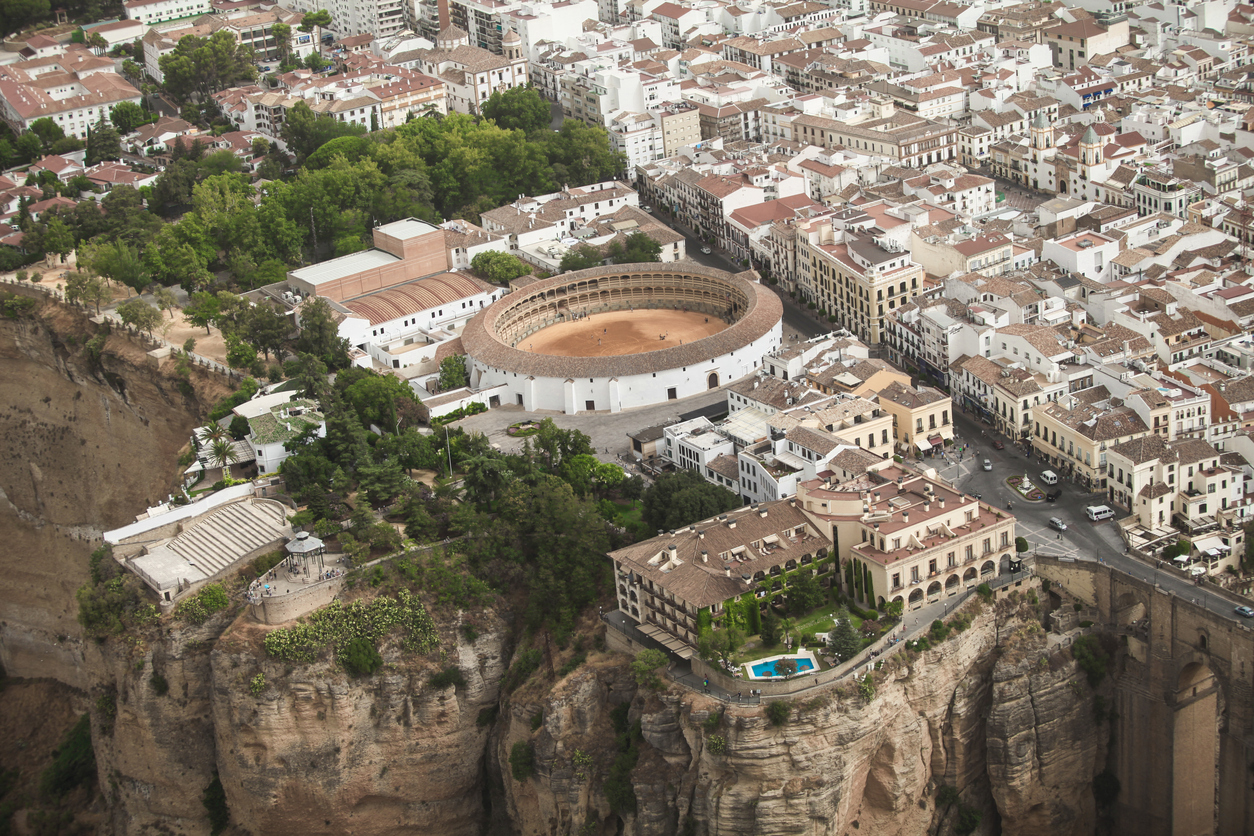
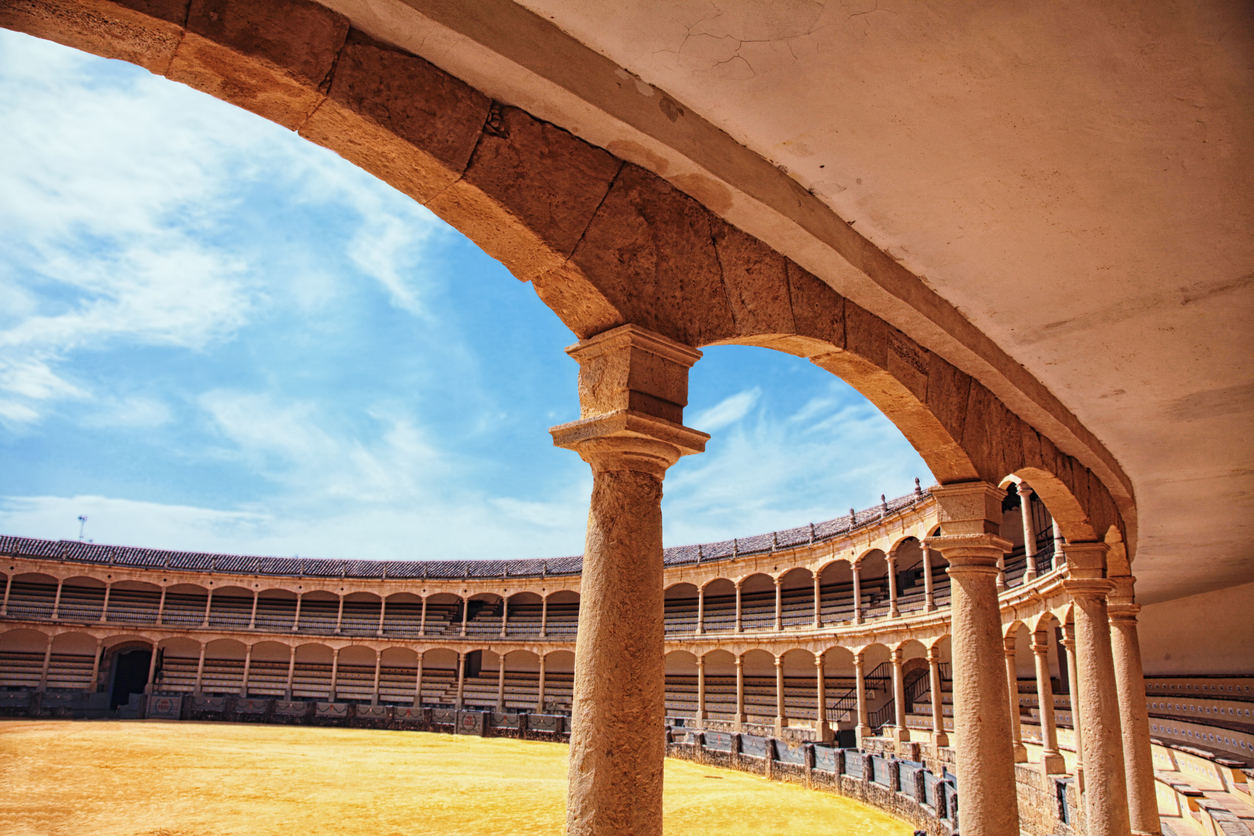
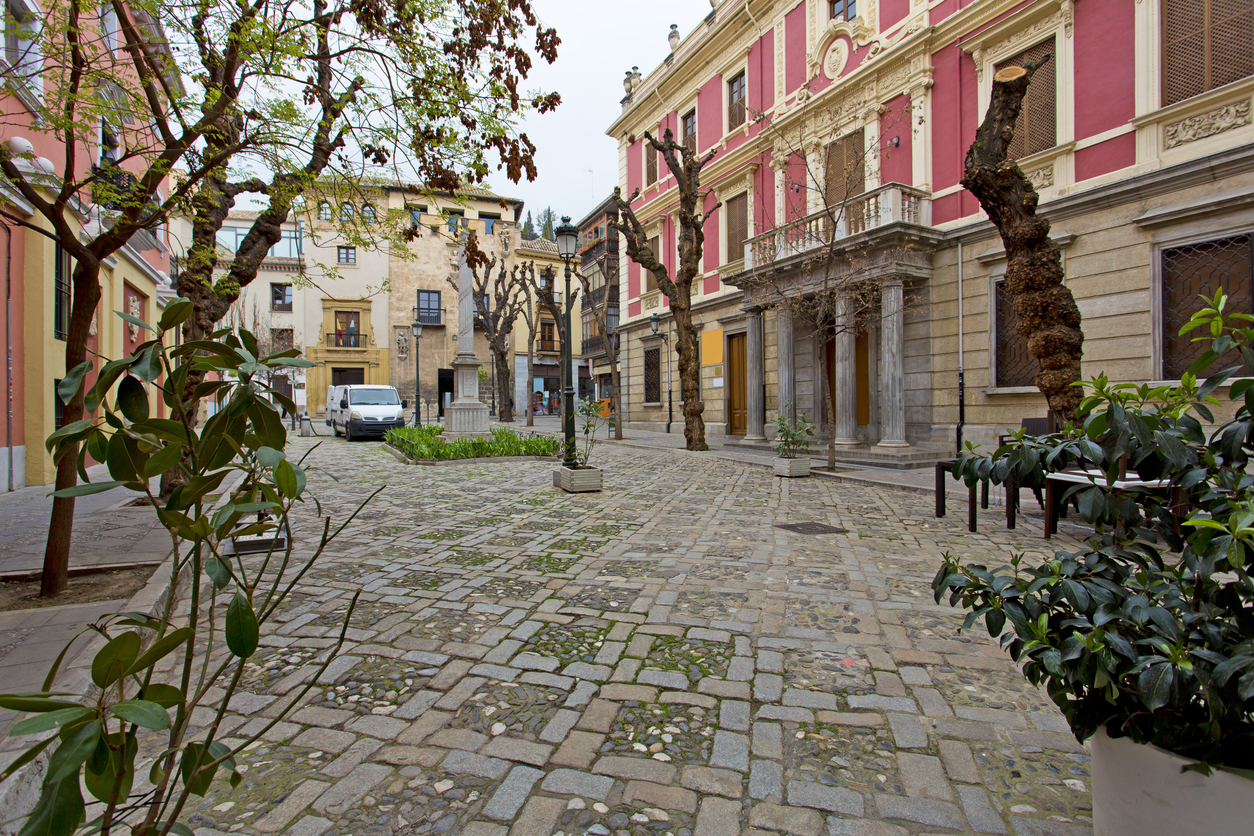
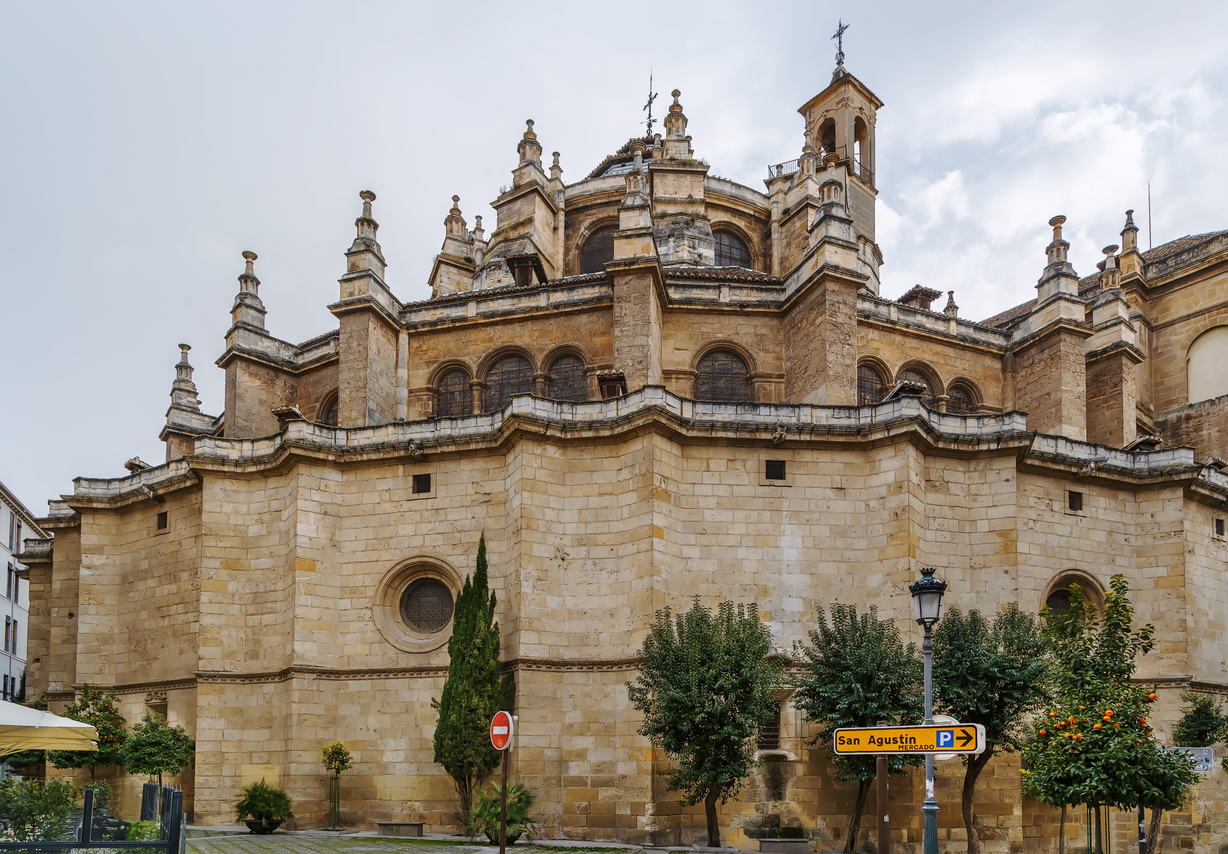
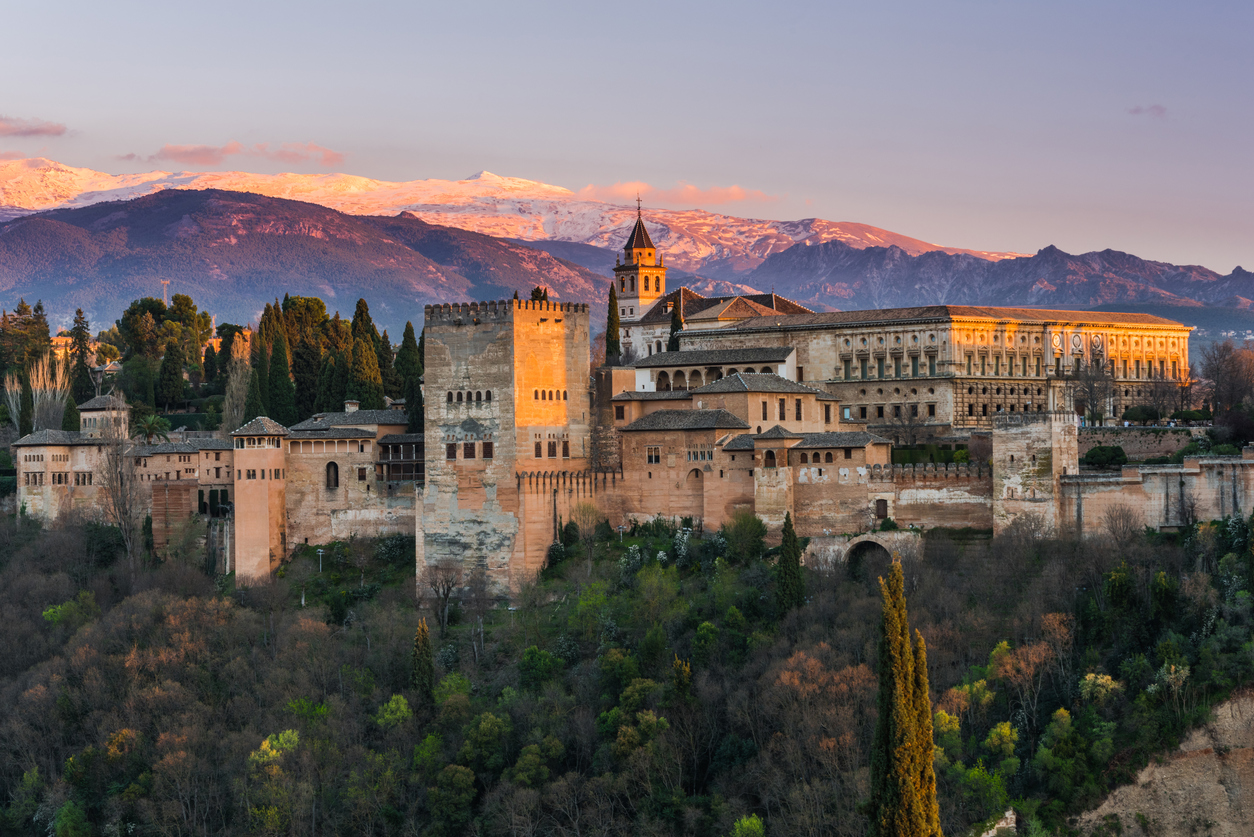
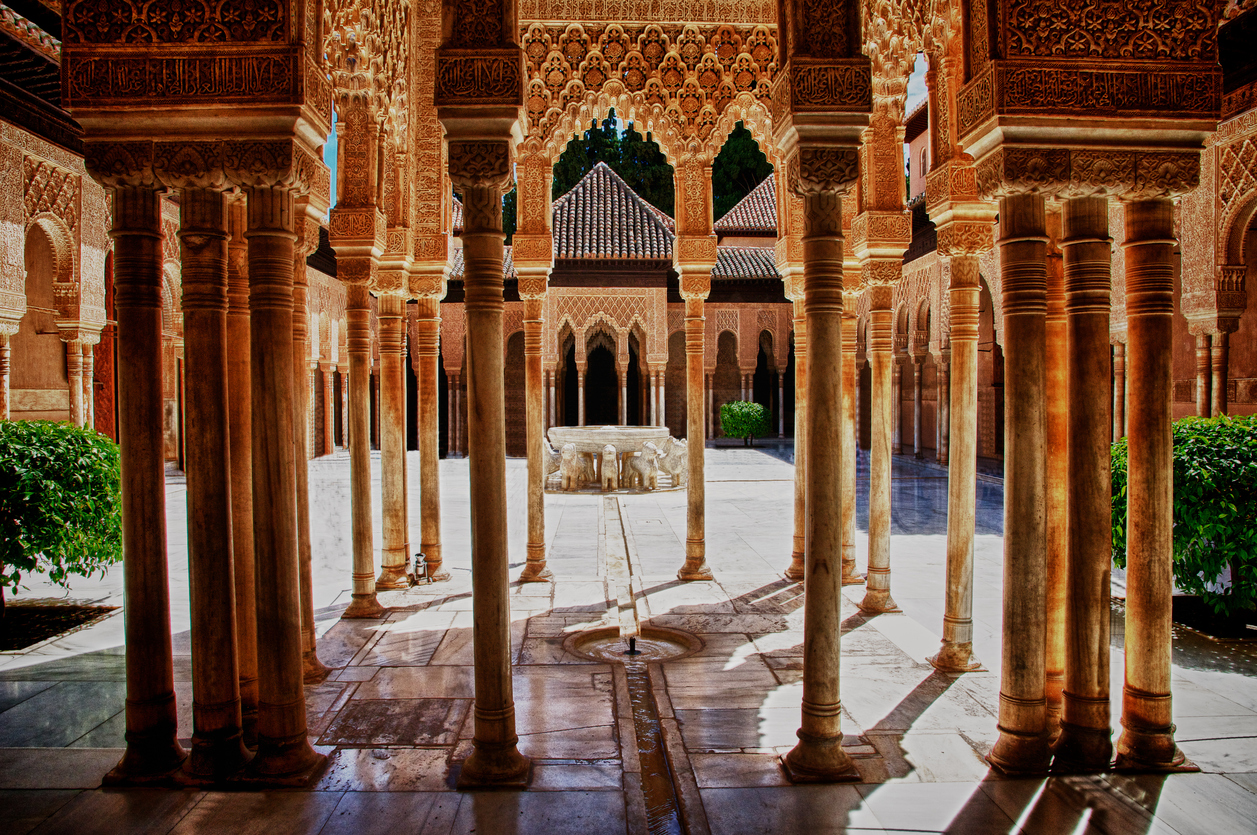
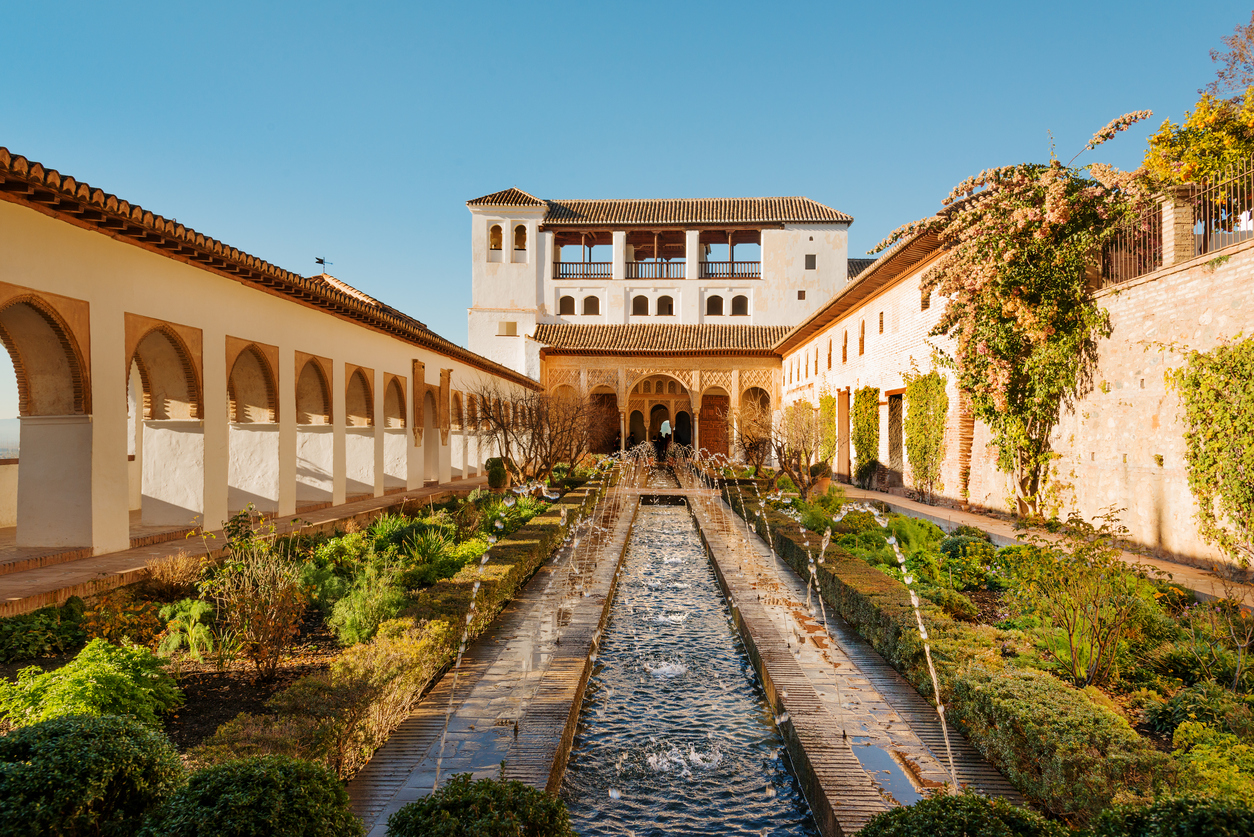
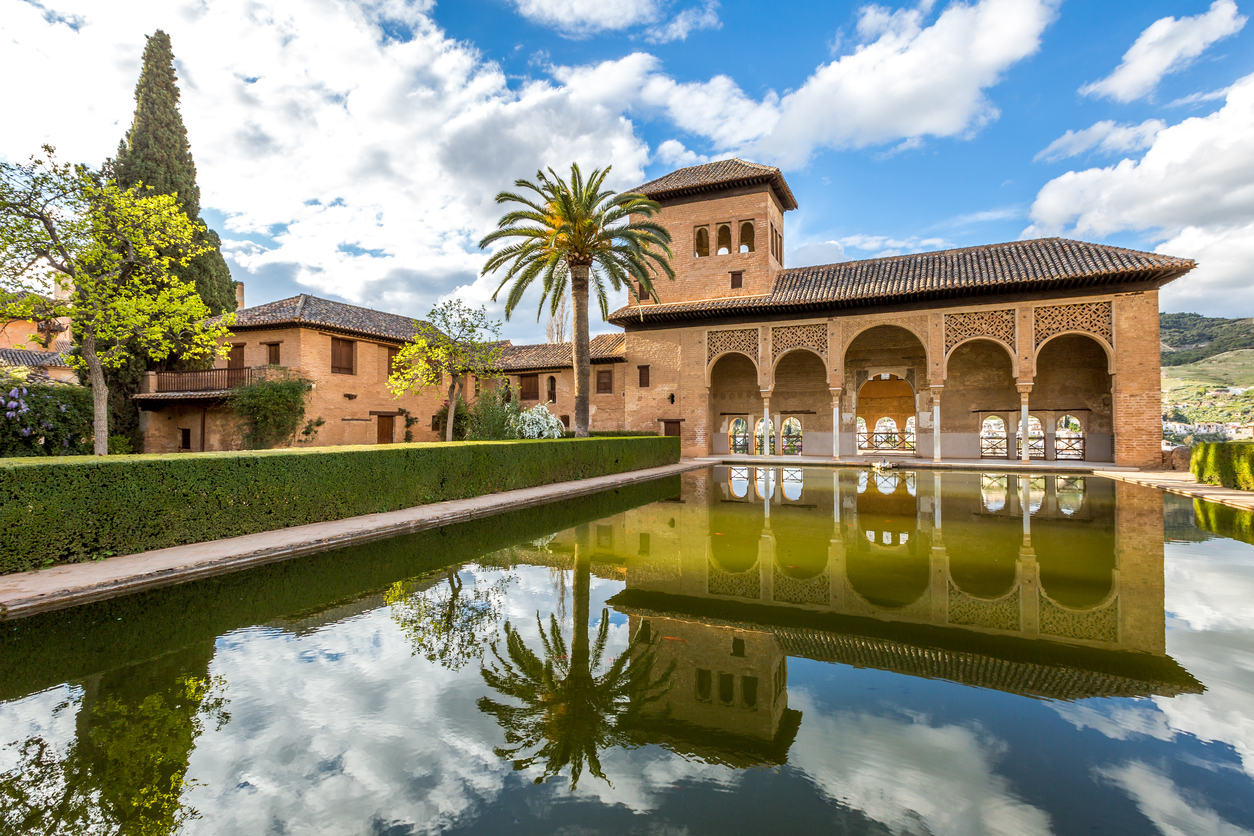
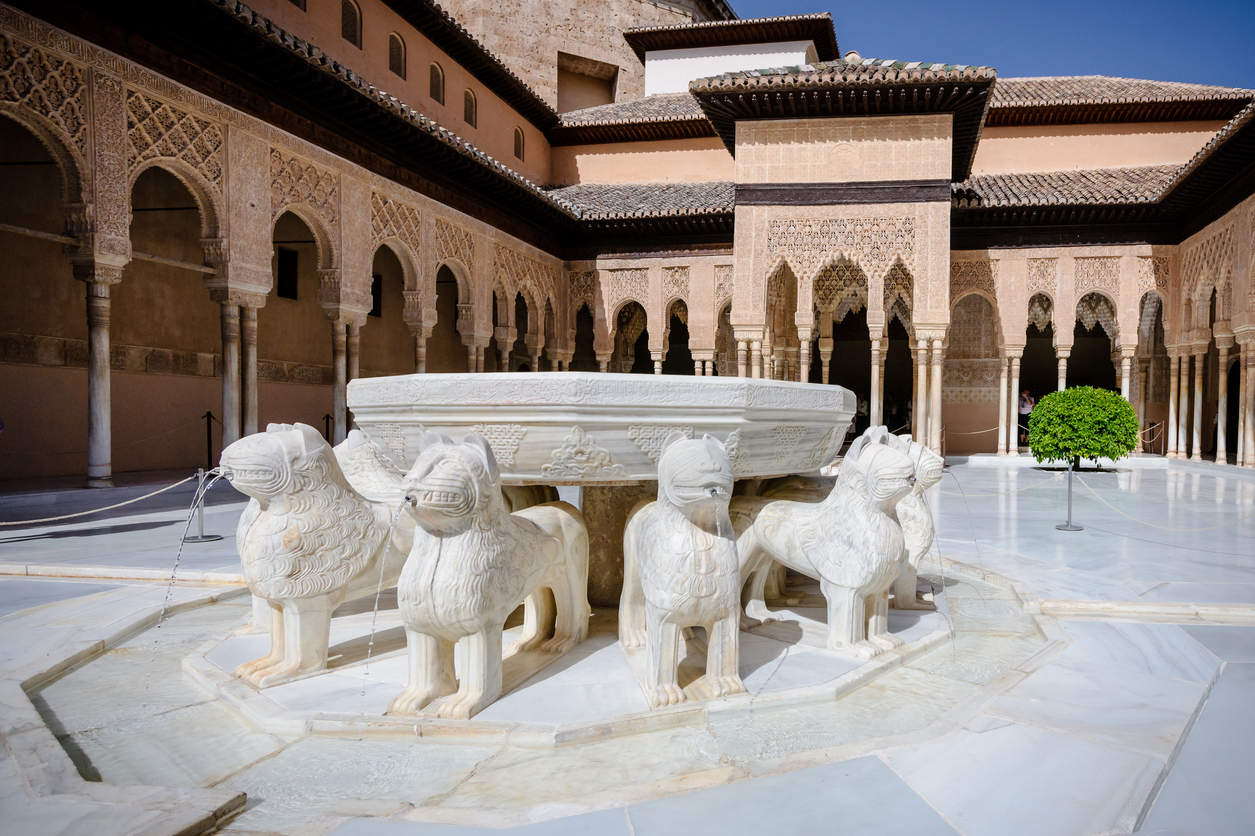
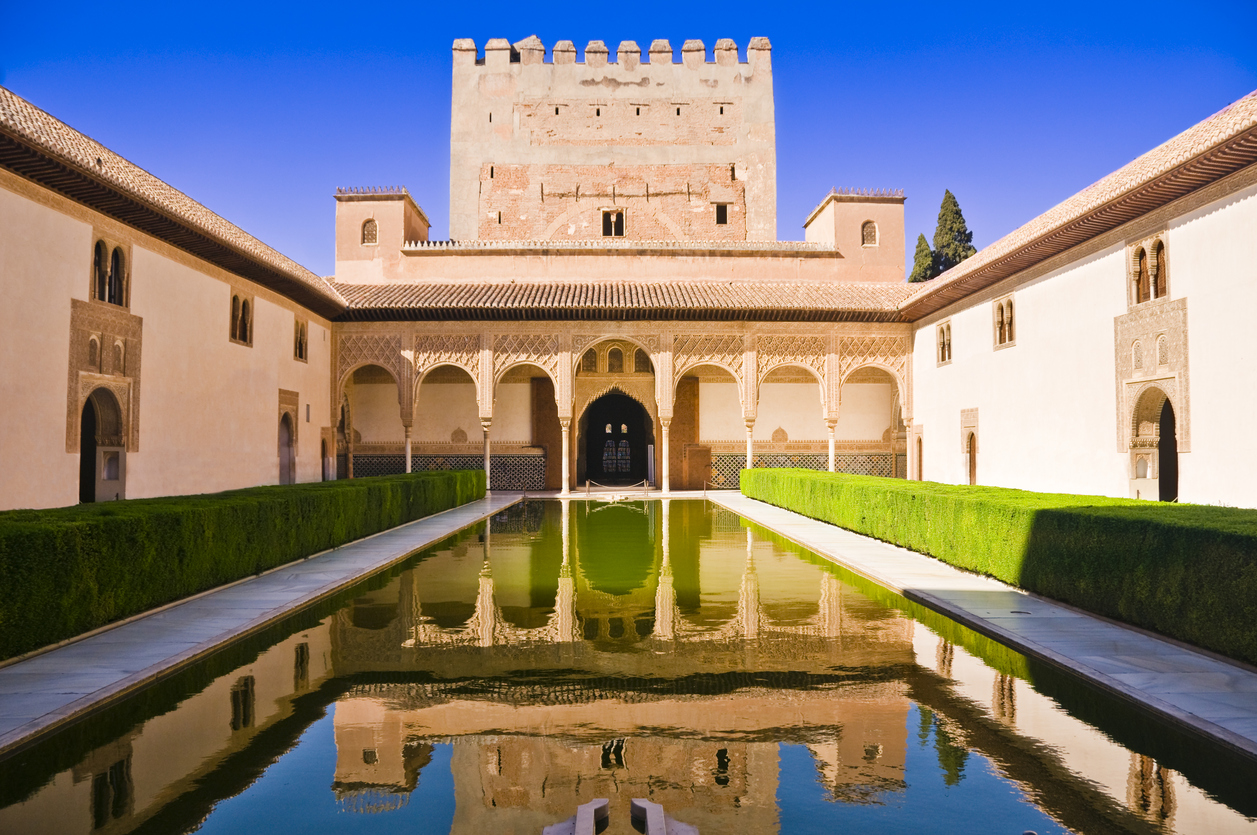
Andalusia is a region of great cultural and historical significance, a place where history and traditions blend. Over centuries the traditions and culture of the Romans, Christians, Jews, Muslims and Gypsies, has created an amazing number of landmarks and unique icons. The cities of Andalusia, fuse style and form and must be visited and explored.
In Cordoba, the former capital of the Roman province of Baetica, was subject to Arab and Berber rule for several centuries until it came under the rule of Spain's catholic kings. The famous Córdoba Mosque, La Mezquita is an amazing architectural creation and is the largest temple to be built in Muslim Spain. When you enter this amazing building, you wander through El Patio de los Naranjos (Patio of Orange Trees), a courtyard with a green garden, scrupulously-lined orange trees and refreshing fountains. Inside, more than 850 columns provide a grand space that contrasts with the Renaissance choir that is integrated into the mosque as a result of the merger between the mosque and the neighbouring Christian building, the Episcopal Palace. The Roman Bridge or Puente Romano, which until today allows access to the city centre, is the main legacy of the Roman period.
In Seville the main monuments in town - the cathedral, the Reales Alcázares Palace, also the burial place of Christopher Columbus. The Gothic cathedral stands in the white-washed Santa Cruz neighbourhood, built on the Almohad Great Mosque of Seville. Some of the Moorish elements still remain - the old minaret, which is the famous Giralda, and the Orange Tree Courtyard. The Plaza de Espana with its mosaics portraying all of Spain's regions and the Torre del Oro are other interesting places to visit.
Along the Costa de Luz, Cadiz a wonderful 3000 year old city, the wonderful Doñana National Park and Tarifa. Experience Spains seafaring history as well some terrific coastal resorts and beaches. You are also close by is the Parque Natural Los Alcornocales an area rich in archaeological, historical and natural interest.
From the Costa de Luz head on up to Rhonda, a city established by Julius Caesar in the 1st century is surrounded by lush river valleys and sitting above a deep ravine, is a place that literally takes your breath away when seeing it. Rhonda is home to some wonderful and well preserved architectural wonders including the beautiful Real Maestranza bullring is one of the oldest and most picturesque in Spain and the best preserved Arabic baths in Spain.
The final stop on our road trip is Granada, nestled in the foothills of the Sierra Nevada, Granada with its Arabic and Gypsy heritage is a wonderful city. The most famous landmark in Granada is the 14th century Alhambra Palace, one of the most revered examples of Islamic architecture in the world and a UNESCO World Heritage Site.
The Journey
After spending a a few days exploring Cordoba, take the E-5/A-4 to Seville. The drive will take you about two hours.
Leaving Seville head along the E-5 towards Cadiz, if you have the time take a short detour and visit Jerez, where you can partake in some of the local customs.
Continue south east out of Cadiz on the E-5 and head towards Tarifa. Vejer de la Frontera is a great place to stop for lunch.
Head north east from Tarifa on the N-340 towards Algeciras, where you turn onto the A-7 which will take you through Algeciras and north to San Roque where you will join the E-15 which will take you to Guadiaro where you will join the AP-7. The AP-7 will take you to Urbanizacion El Gamonel where you will turn left onto the A-397 to Rhonda. If you are hungry a detour to Benahavis for lunch is recommended. Follow the A-397 to Rhonda. The entrance to Rhonda is a bit confusing so pay close attention to the map.
Heading north east out of Rhonda take the A-367 and follow it until it joins the A-357, turn left and follow the A-357 northwards. At Campillos turn right onto the A-384. At Los Llanos the A-384 merges onto the A-92, join the A-92 and it will take you into towards Granada. When you reach Chana follow the Avenue de Andalucia into Granada.


